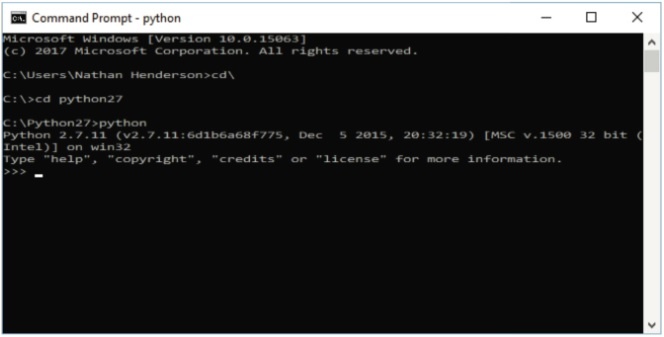A jet engine is the very definition of “mission-critical.” A critical failure could cause a serious accident that endangers hundreds of lives. To prevent this from happening, manufacturers perform extensive testing on jet engine components, systems, and manufacturing processes.
Jet engine tests involve subjecting the unit under test to extreme temperatures, jets of water, simulated hail, severe vibration, and other harsh conditions. Sometimes test engineers even slam chicken carcasses against engines to simulate bird strikes. These tests can be very costly and take years to develop. Engineers must measure many different parameters during these tests, including temperature, flow, pressure, rotation, strain, and vibration.
Read More











